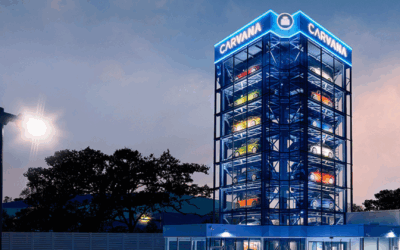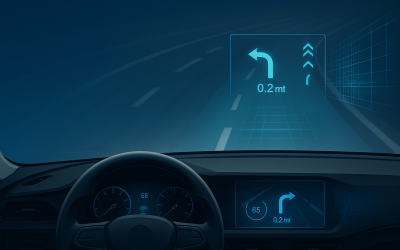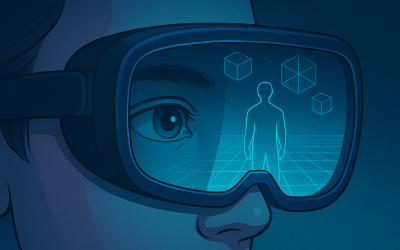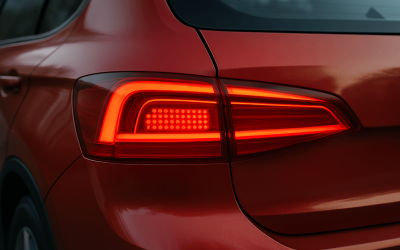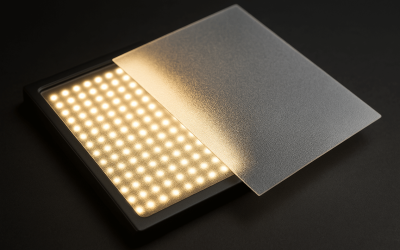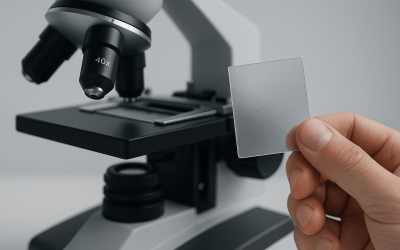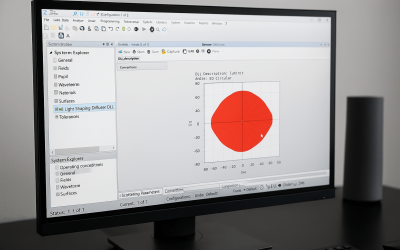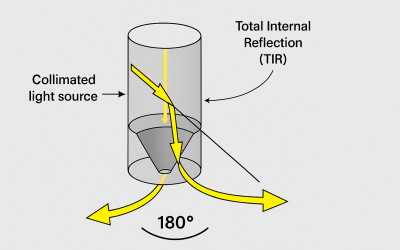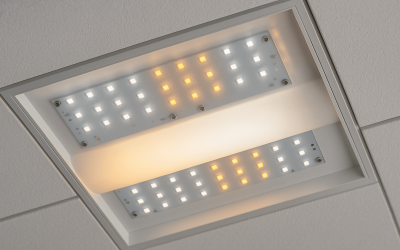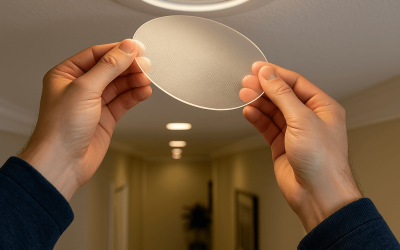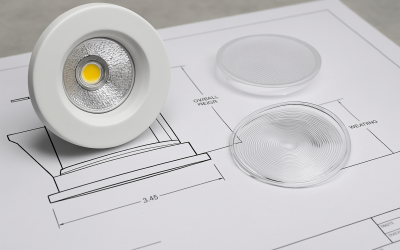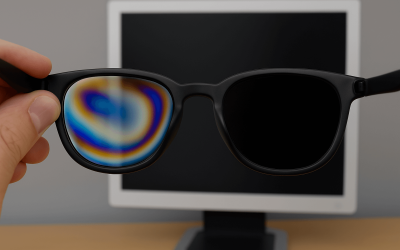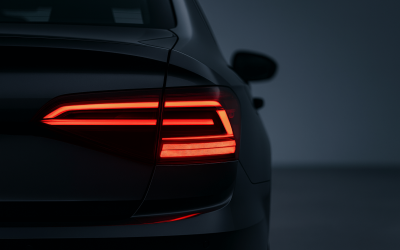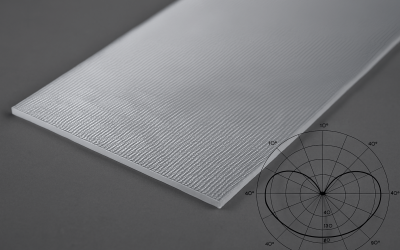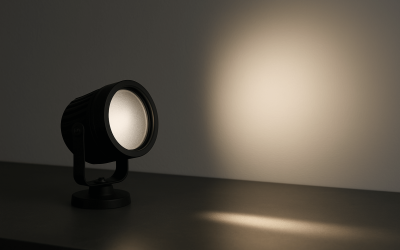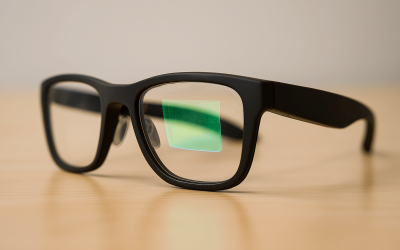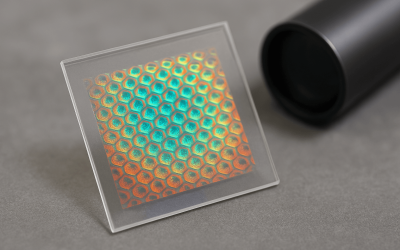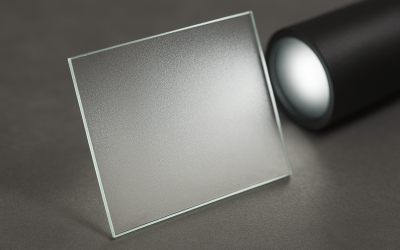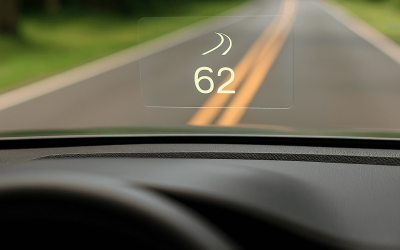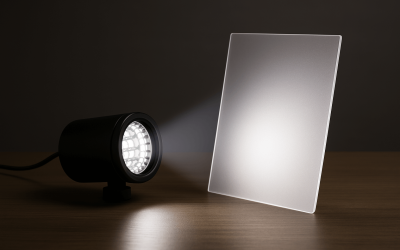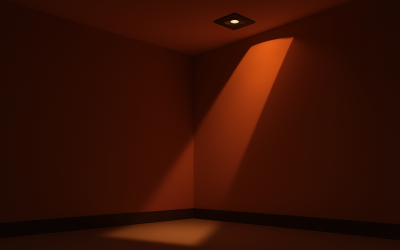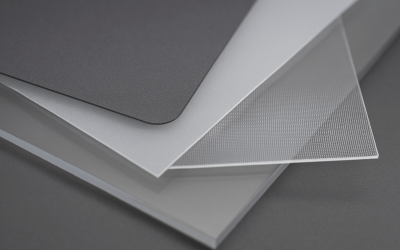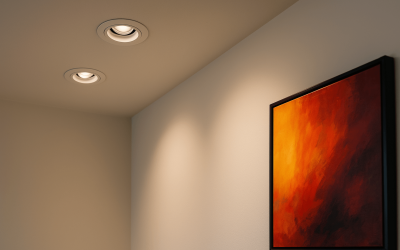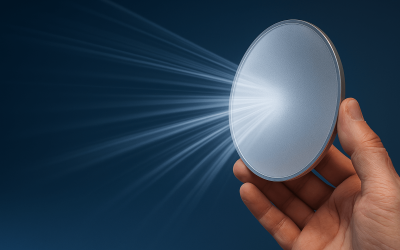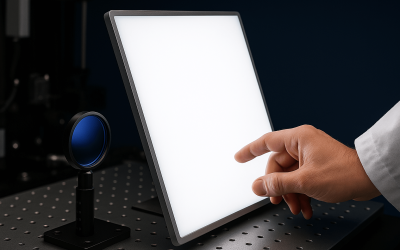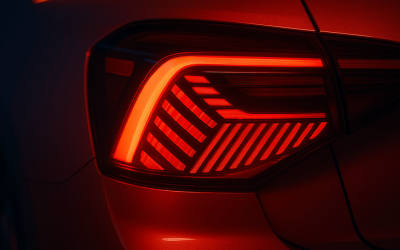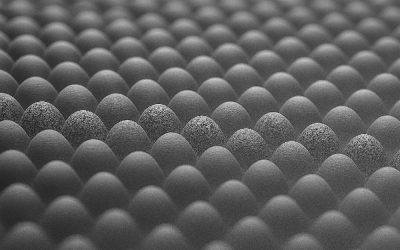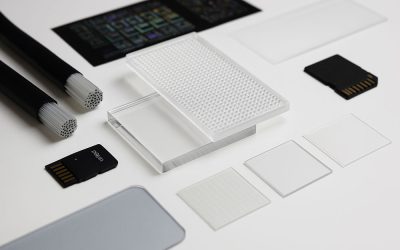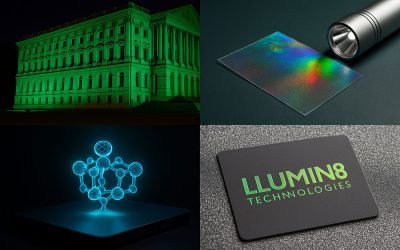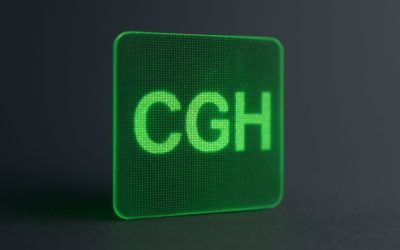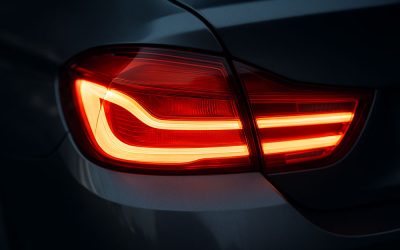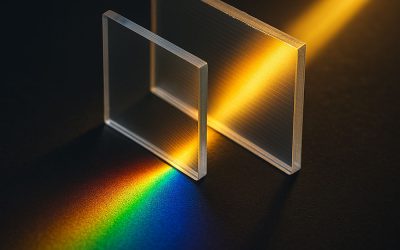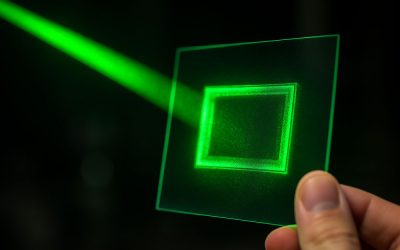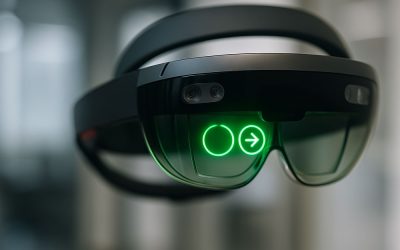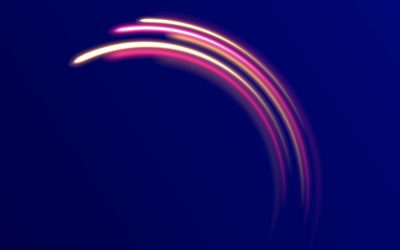July 2, 2025
Holographic Optical Elements (HOEs) are often associated with futuristic technologies […]
June 4, 2025
In the world of architectural lighting, results matter. And in […]
September 4, 2024
The Future of Automotive Displays: AR and Panoramic HUDs For [...]
February 2, 2022
With the recent unveiling of Facebook becoming Meta, advances in […]
July 20, 2021
Vehicle manufacturers are constantly seeking ways to reduce costs and […]
June 4, 2021
Most of Luminit’s light shaping materials are considered spatially uniform optics where […]
May 5, 2021
If you’ve never heard the term sol-gel, you’re not alone, […]
April 22, 2021
Since launching our BSDF and DLL scatter models for OpticStudio and Optis back in […]
April 21, 2021
Luminit has been granted a patent for an optic that […]
February 17, 2021
By Anthony Silvestris More and more light designers are striving […]
December 9, 2020
There are not many lighting scenarios veteran designer Read Hunker […]
May 27, 2020
By Edward Udarbe Luminit’s Light Shaping Solutions are known as potent problem […]
April 28, 2020
By Richard Cordero Liquid Crystal Displays (LCDs) have dominated the […]
January 14, 2020
by Suleyman Turgut Automotive lighting has seen some interesting shifts […]
November 22, 2019
Many lighting manufacturers recognize the key role tertiary optics such […]
October 14, 2019
by Edward Udarbe Luminit’s considerable library of circular, elliptical, and […]
August 26, 2019
Once labeled as “hype” only a few years ago, Augmented […]
June 17, 2019
The road to market acceptance of smart glasses has been […]
April 23, 2019
By Anthony Silvestris It’s a good time to be in […]
November 8, 2018
If you’ve never heard the term sol-gel, you’re not alone, […]
September 12, 2018
When Apple “buys” people listen, and just about everyone in […]
June 19, 2018
Although tertiary optics or LED light diffusers have virtually endless applications, […]
May 3, 2018
Getting a light source to behave the way we want […]
February 26, 2018
By Richard Cordero The average end-user rarely thinks about the […]
October 25, 2017
Recessed Downlights & Spotlights Although most consumers are unaware of […]
July 28, 2017
Micro LEDs (mLEDs) are gaining attention in the display industry, […]
May 22, 2017
To help our customers predict scatter patterns of our most […]
March 28, 2017
Luminit scientists and engineers are constantly pushing the boundaries of […]
November 29, 2016
Luminit’s Light Shaping Diffuser films offer a bright new future […]
November 16, 2016
A unique platform developed by Luminit allows engineers and designers […]
August 5, 2016
by Suleyman Turgut and Mary Ann Giorgio As the demand […]
June 21, 2016
by Luminit Staff Advances in holographic materials, lasers, and digital […]
May 16, 2016
By Alkan Gulses While Computer Generated Holography is not a […]
May 11, 2016
By Suleyman Turgut, Chief Revenue Officer Even before Luminit started […]
May 4, 2016
Advances in LED technology continue to bring new opportunities for […]
March 3, 2016
by Chris Griffo & Chinmay Dharmadhikari Holographic Optical Elements (HOEs) […]
March 3, 2016
By Dr. Fedor Dimov, Technical Fellow, Luminit Inc. Augmented Reality […]
November 27, 2015
by Mary Ann Giorgio As automotive manufacturers replace traditional halogen-based […]

